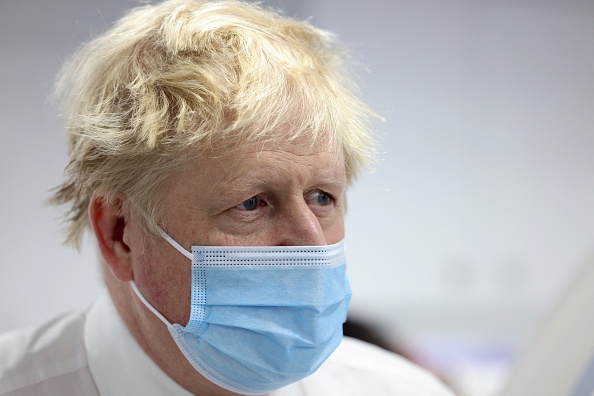Boris Johnson may be in political peril but his Covid-19 strategy was worth the risk

The last days have been of decisive importance in the life of this pandemic: the total number of Covid-19 cases in the country has started to fall, and is continuing to fall. Finally, we are well past the worst.
Something to consider is that the figures we see in the headlines, no matter what data source is being quoted, almost invariably refer to the daily number of new cases.
But the total current number of cases at any point in time would be far more relevant to consider for policy purposes. Every day new infections occur, and at the same time people who had Covid-19 stop having it. The change in the total is simply the difference between these two.
The data from the ZOE study by King’s College London has proved to be a reliable indicator of Covid-19 cases in the UK. The data from ZOE and the gold standard ONS data move together very closely, but ZOE is released first.
The total number of people estimated to have Covid-19 peaked in the data reported on Tuesday 11 January at 2.75 million. On 18 January, a week later, the number was 2.53 million, a fall of over 8 per cent.
On December 20, last year the Prime Minister announced he was not introducing any further restrictions, despite immense pressure from SAGE, health professionals and the opposition. The Scottish and Welsh governments announced stricter measures a day or two after Boris Johnson’s decision. Yet it was obvious at the time that the Omicron wave was starting to run out of steam.
That is simply because viruses spread in a very recognisable pattern. The way in which they rise and fall generates a very distinctive footprint.
Initially, the numbers rise very slowly. There is then a rapid acceleration to the so-called “inflexion point”. The numbers continue to rise, but less and less quickly, until the peak is reached. The whole process then begins in reverse.
By late December, it was apparent that Omicron was past the inflexion point. The growth in cases would soon peak, and by mid-January the total numbers would be falling.
This may seem rather abstract. But we had in front of our eyes an actual, real-life example in the form of the spread of Omicron in South Africa. Distinguished South African scientists and medics were adamant that the Omicron variant spread very rapidly, but then faded away just as quickly. They also insisted that the variant was milder than the Delta variant.
Incredibly, this evidence was either ignored or belittled by most epidemiologists and health professionals in the UK. Chris Whitty, for example, said that there should be “serious caution” over the South African claims that Omicron was mild.
South Africa has some of the world’s leading experts in virus mutations. The country suffers seriously from HIV, which is notorious for its complex mutations.
The dismissal of the evidence of the South African scientists could readily be perceived as an act of cultural imperialism. It briefly looked like we were back in the days of the Empire, and that only the science of the Mother Country could be taken seriously.
But the last laugh is with the South Africans and the Prime Minister, who despite his flaws, was proved right.
